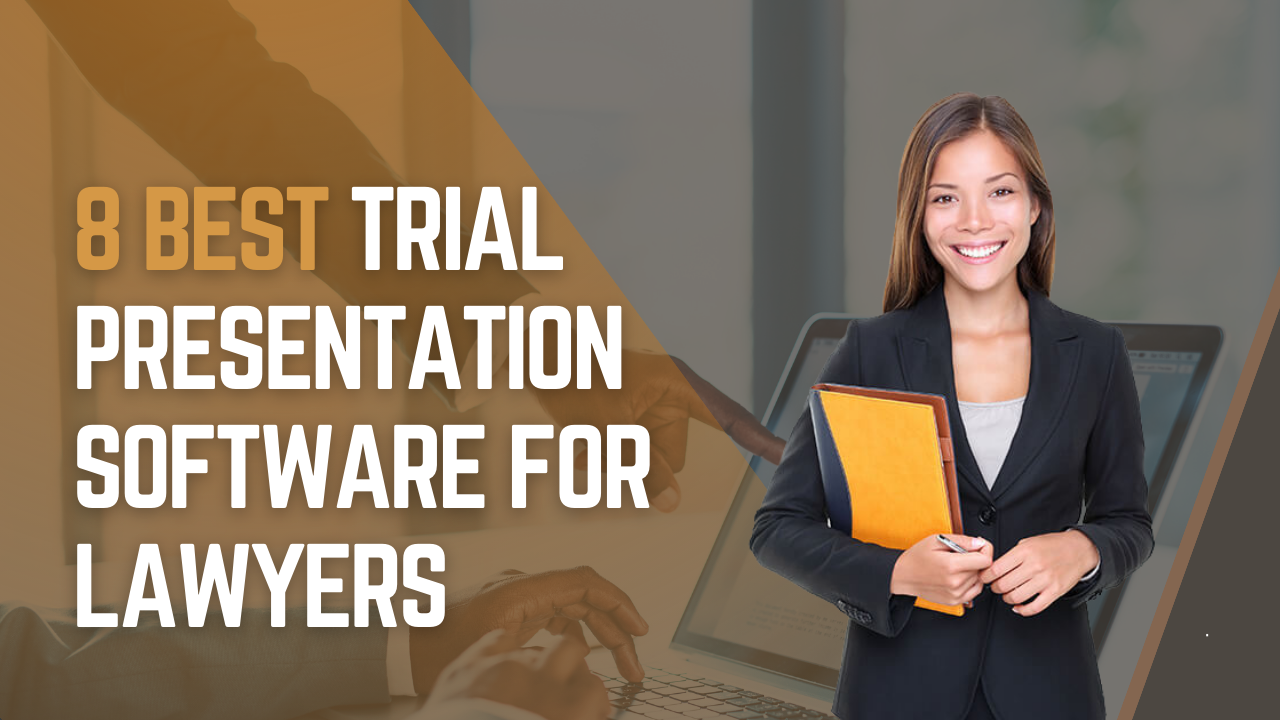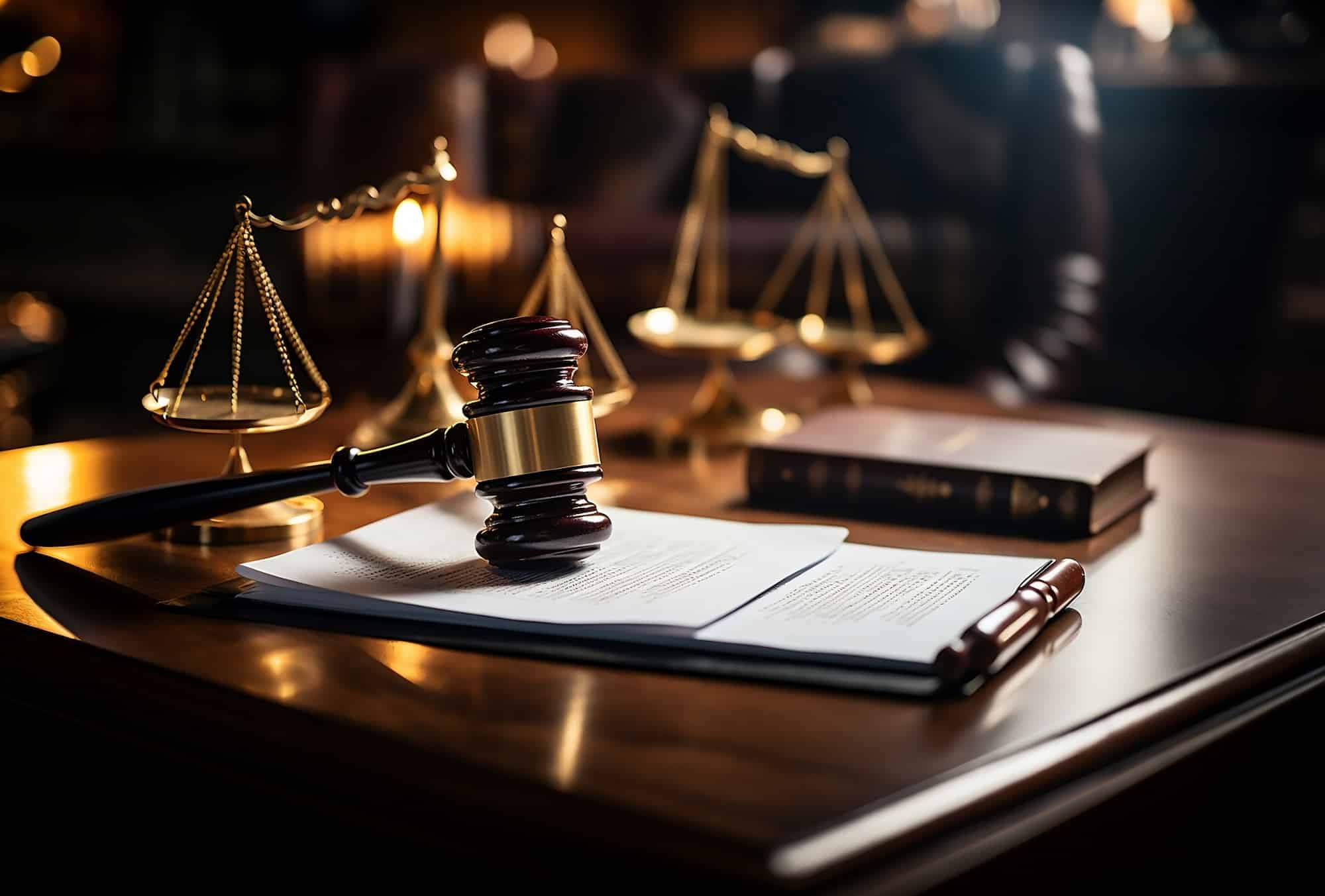The Role of Visual Help in Successful Trial Presentations: An Overview for Attorneys
The Role of Visual Help in Successful Trial Presentations: An Overview for Attorneys
Blog Article
Navigating the Complexities of Trial Presentations: Tips for Seamless Distribution and Compelling Arguments
In the world of lawful process, the art of trial presentation stands as a vital determinant of success. As lawyers browse the complex web of court room characteristics, the capability to effortlessly deliver debates and evidence while captivating the court's interest becomes critical. The complexities fundamental in trial presentations call for a fragile equilibrium of strategy, skill, and skill. By developing methods that ensure a refined distribution and crafting engaging disagreements that resonate with the audience, attorneys can substantially enhance their advocacy. In a globe where persuasion reigns supreme, understanding the details of trial presentations is not merely an alternative yet a need for those looking for to prevail in the court.

Recognizing Trial Purposes
To successfully browse a trial, it is critical to have a clear understanding of the purposes that require to be attained. Before entering the court, lawful teams need to specify their goals and desired end results. These objectives function as guiding principles throughout the test, shaping strategies and affecting decision-making processes.
Comprehending trial goals entails an extensive evaluation of the case, lawful criteria, and the customer's benefits. Trial Presentations. It requires a precise evaluation of the facts, determining crucial problems, and preparing for prospective challenges. By setting quantifiable and specific objectives, lawyers can tailor their discussions and debates to align with the preferred results
Furthermore, a clear grip of test objectives makes it possible for legal groups to focus on evidence, witnesses, and legal arguments properly. It enables for the development of a systematic story that reverberates with the discretionary, strengthening the total instance presentation.

Organizing Evidence Properly
Having a clear understanding of test purposes lays the foundation for arranging evidence successfully in lawful procedures. By straightening the discussion of proof with the desired outcomes of the trial, legal groups can strengthen their debates and boost their persuasiveness.
Another secret aspect in organizing proof efficiently is establishing a logical flow. Providing evidence in a systematic and consecutive manner can aid develop an engaging story that supports the legal debates being made. Furthermore, making use of aesthetic aids such as charts, charts, or timelines can additionally improve the company of proof and help in clearing up complex partnerships or series of occasions.
In addition, making sure that all proof offered is admissible and pertinent to the case is necessary. Inadmissible or irrelevant proof can detract from the stamina of the disagreement and possibly hurt the credibility of the presenting event. Consequently, a careful testimonial and option process need to be embarked on to include only the most impactful and legally sound evidence in the trial presentation.
Crafting Influential Stories
Crafting compelling narratives over here plays a crucial duty in presenting influential arguments during legal process. When creating a story for a trial discussion, it is crucial to establish a clear story that highlights essential factors and attaches them in a meaningful way. By weaving together proof, testimony, and legal debates into a natural and convincing story, lawful Your Domain Name specialists can properly advocate for their customers and boost the possibility of a desirable end result in the court room.
Grasping Visual Aids
Efficient use visual aids is crucial to enhancing the impact and clearness of test discussions. Aesthetic aids, when used purposefully, have the power to streamline complicated information, reinforce vital factors, and leave a long-term impression on the discretionary. To grasp aesthetic help in trial discussions, it is vital to ensure that they are clear, concise, and appropriate to the debates being made.
When incorporating aesthetic help, such as charts, timelines, charts, or photographs, right into a trial presentation, it is necessary to maintain them aesthetically appealing yet expert. The visuals should match the verbal disagreements, offering a graph of the information being discussed without overwhelming the audience with unnecessary information.
Additionally, experimenting the visual aids ahead of time is crucial to make certain a seamless shipment during the test. Familiarizing oneself with the material, shifts, and timings of each visual aid can assist preserve the circulation of the discussion and prevent technical problems that might emerge.
Supplying Impactful Closing Debates
A compelling closing debate acts as the culmination of a test discussion, enveloping the core story and encouraging the discretionary in the direction of a favorable choice. To supply an impactful closing argument, it is important to succinctly recap bottom lines, highlight the toughness of your situation, and address any weaknesses in a calculated fashion. Begin by detailing the primary disagreements that support your customer's more position, emphasizing why the proof offered throughout the test supports your story. It is essential to create a sense of cohesion and clarity, assisting the discretionary towards the preferred verdict.
In addition, integrating emotional appeal can further enhance your closing disagreement. By humanizing the situation and attaching on an individual level with the decision-makers, you can stimulate empathy and understanding, influencing their assumption of the facts presented. In addition, stating the lawful standards that should be fulfilled for a beneficial ruling can strengthen the legitimacy of your placement. Ultimately, a well-crafted closing disagreement should leave an enduring impression, compelling the judge and court to regulation in your customer's favor.
Conclusion
To conclude, understanding test discussions entails comprehending purposes, arranging proof, crafting stories, making use of aesthetic help, and supplying impactful closing disagreements. By implementing these strategies properly, legal representatives can offer their instance seamlessly and make engaging disagreements in the court room. It is critical to navigate the intricacies of trial discussions with precision and skill to achieve success in legal process.
By lining up the discussion of proof with the preferred end results of the test, legal teams can enhance their arguments and improve their persuasiveness (Trial Presentations). To master visual help in test presentations, it is essential to make sure that they are clear, succinct, and relevant to the arguments being made
A compelling closing disagreement serves as the culmination of a trial discussion, encapsulating the core narrative and persuading the court and jury towards a favorable choice. Begin by laying out the main debates that sustain your client's placement, stressing why the proof offered throughout the test supports your narrative.In final thought, mastering test discussions includes recognizing objectives, arranging proof, crafting stories, using visual aids, and delivering impactful closing debates.
Report this page